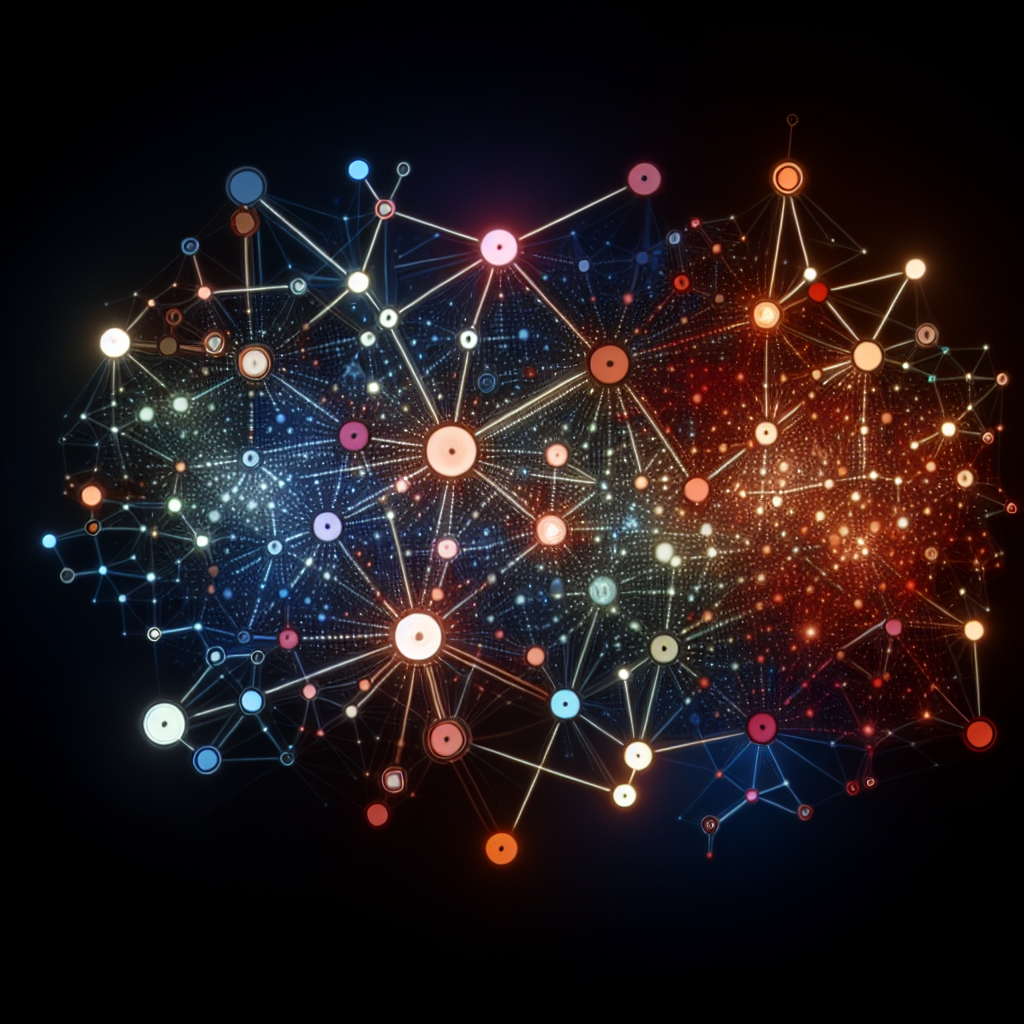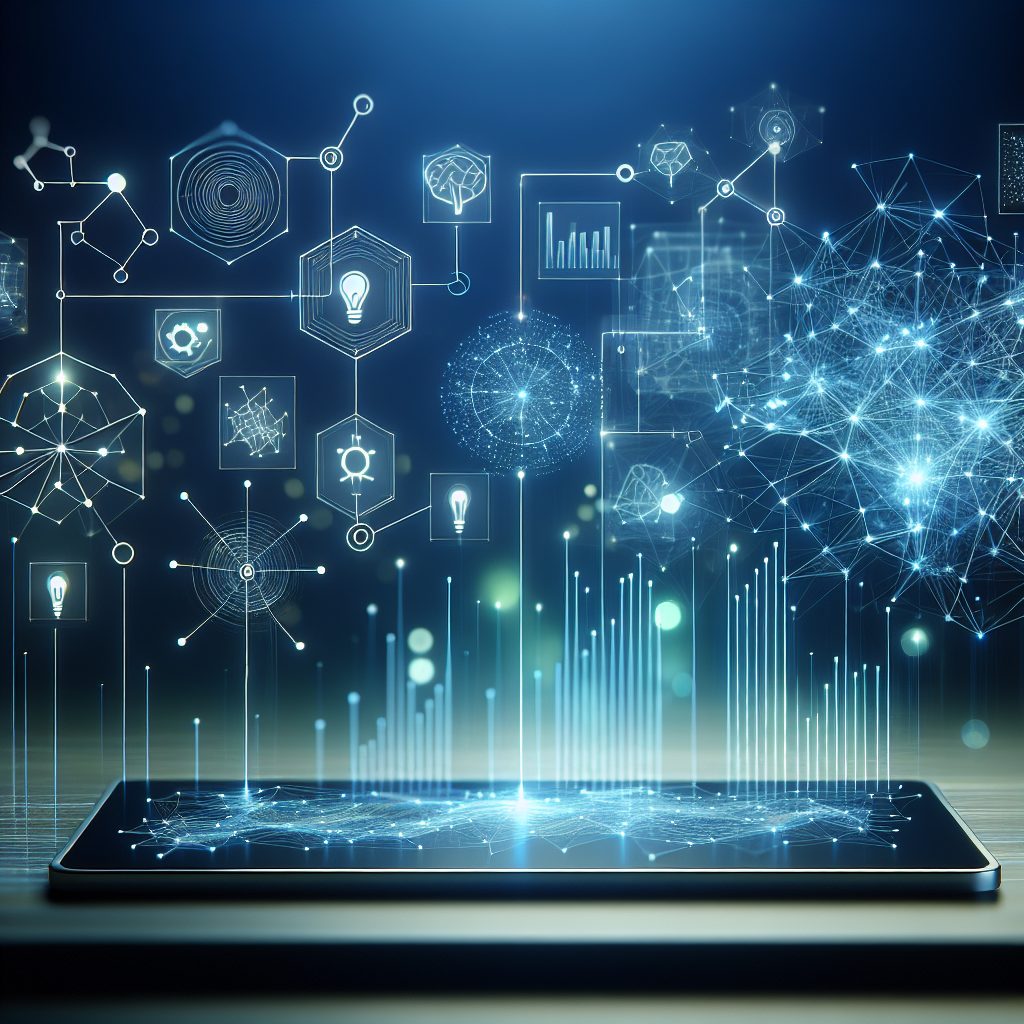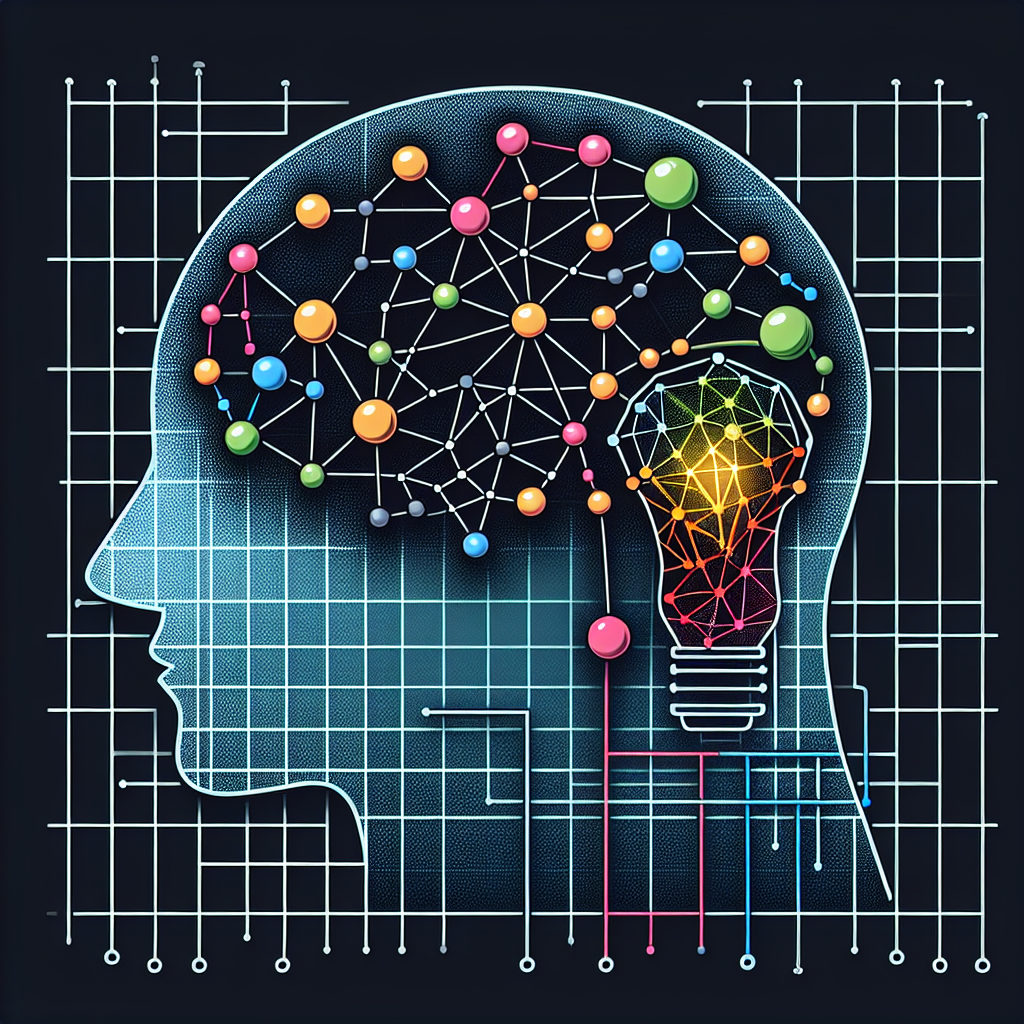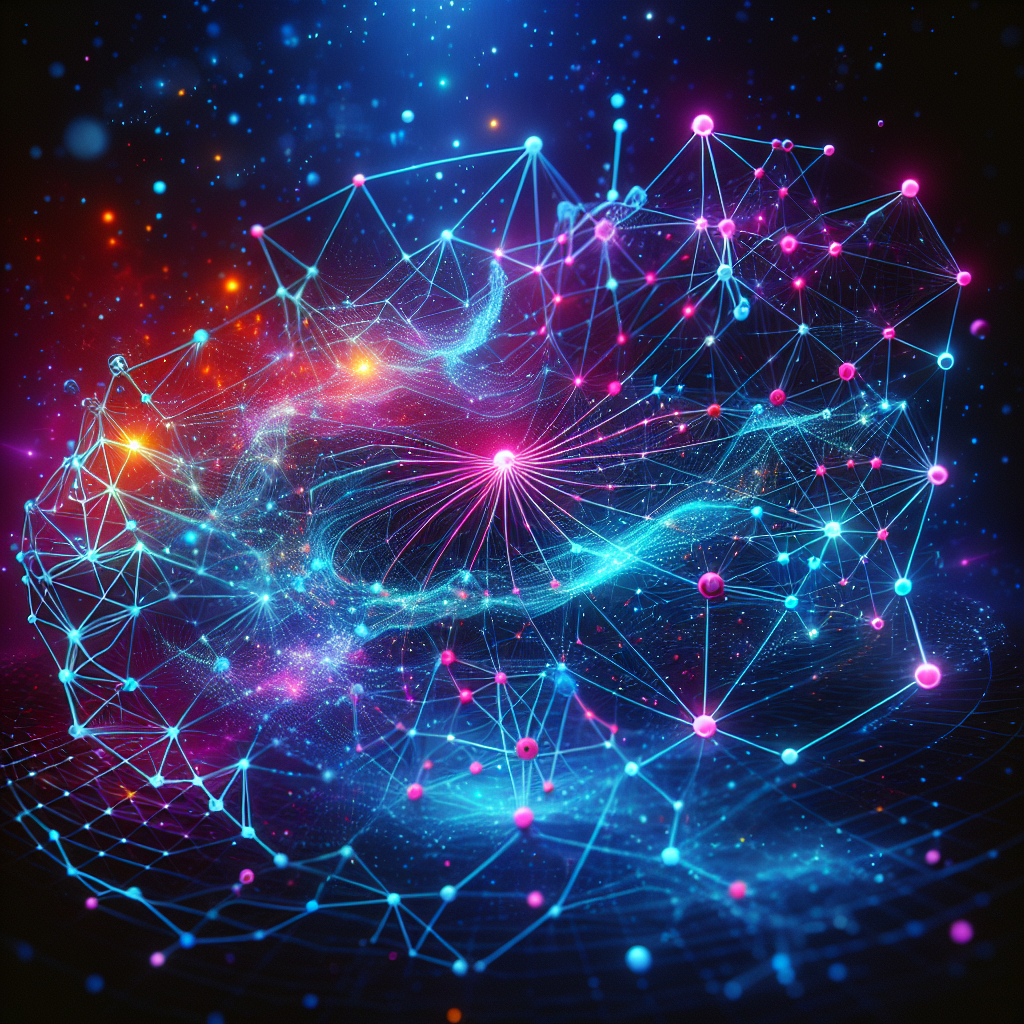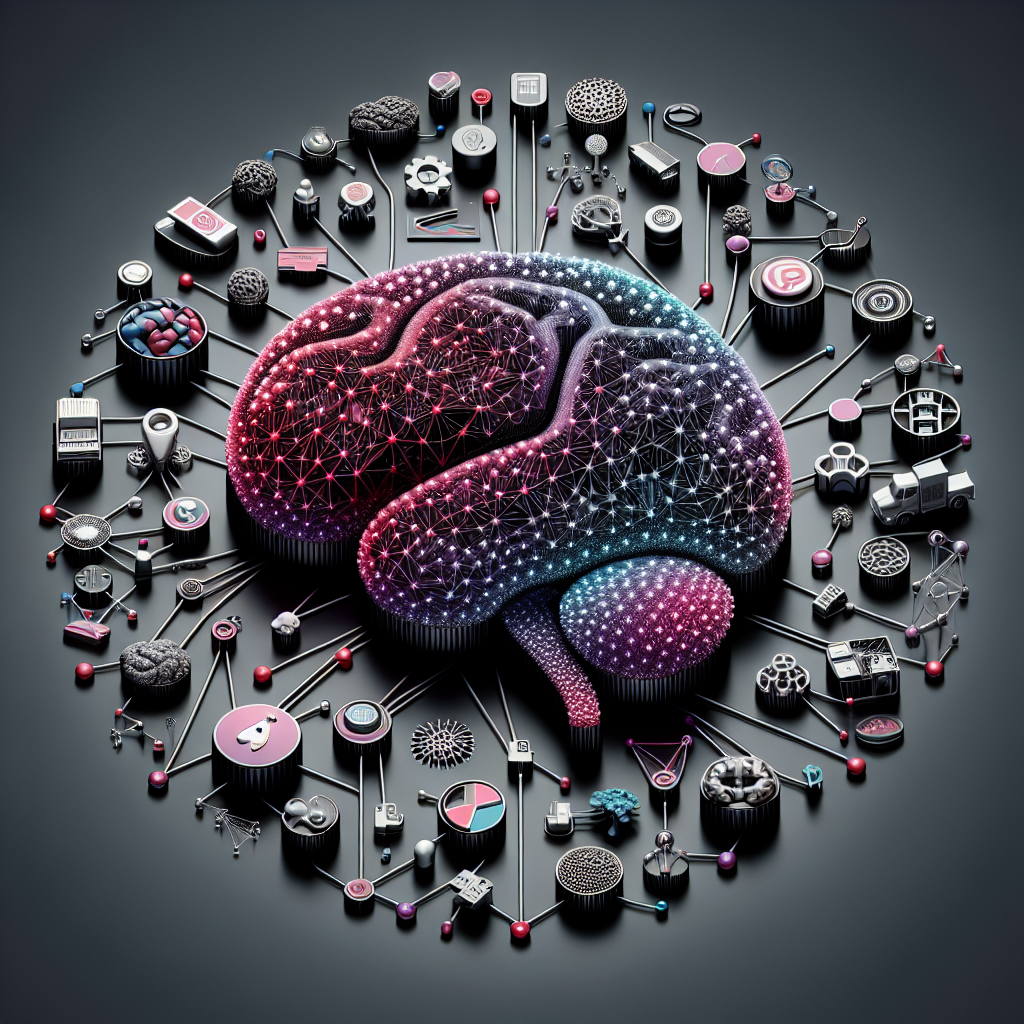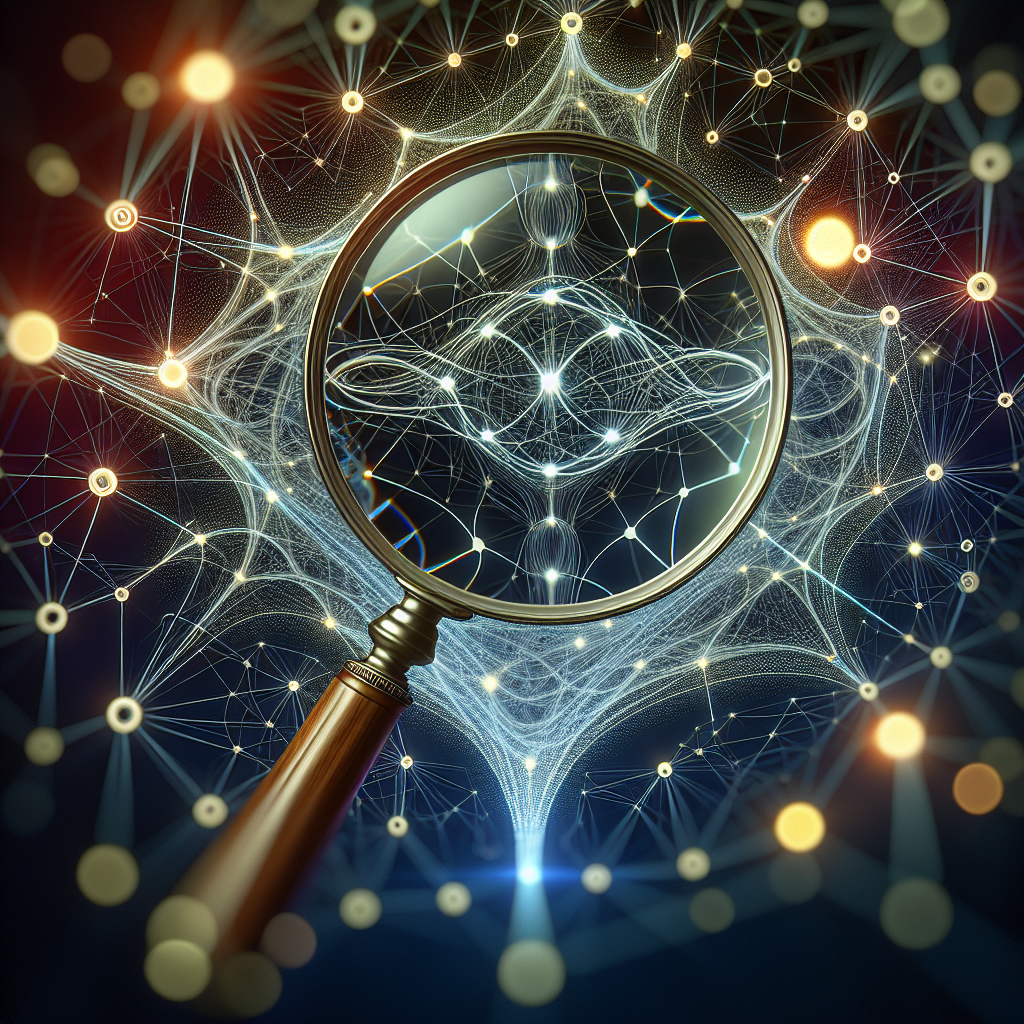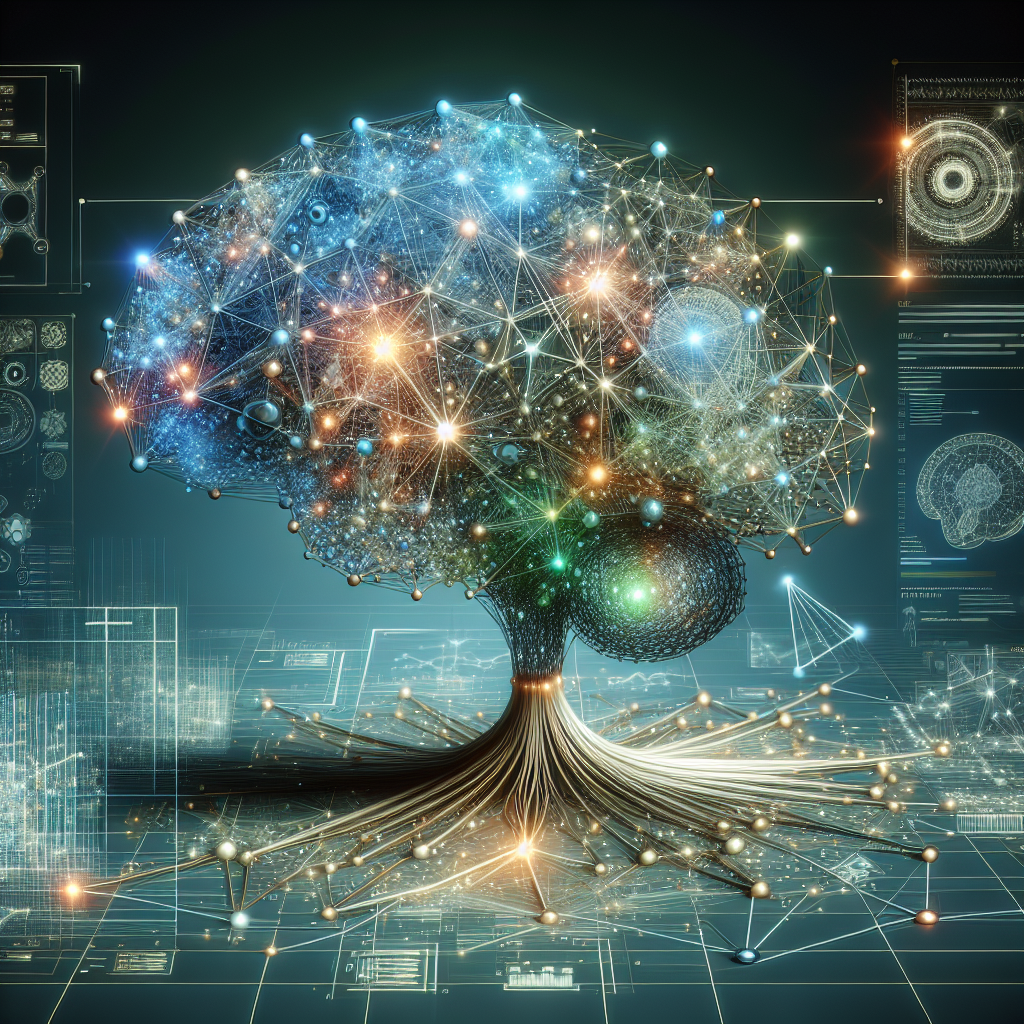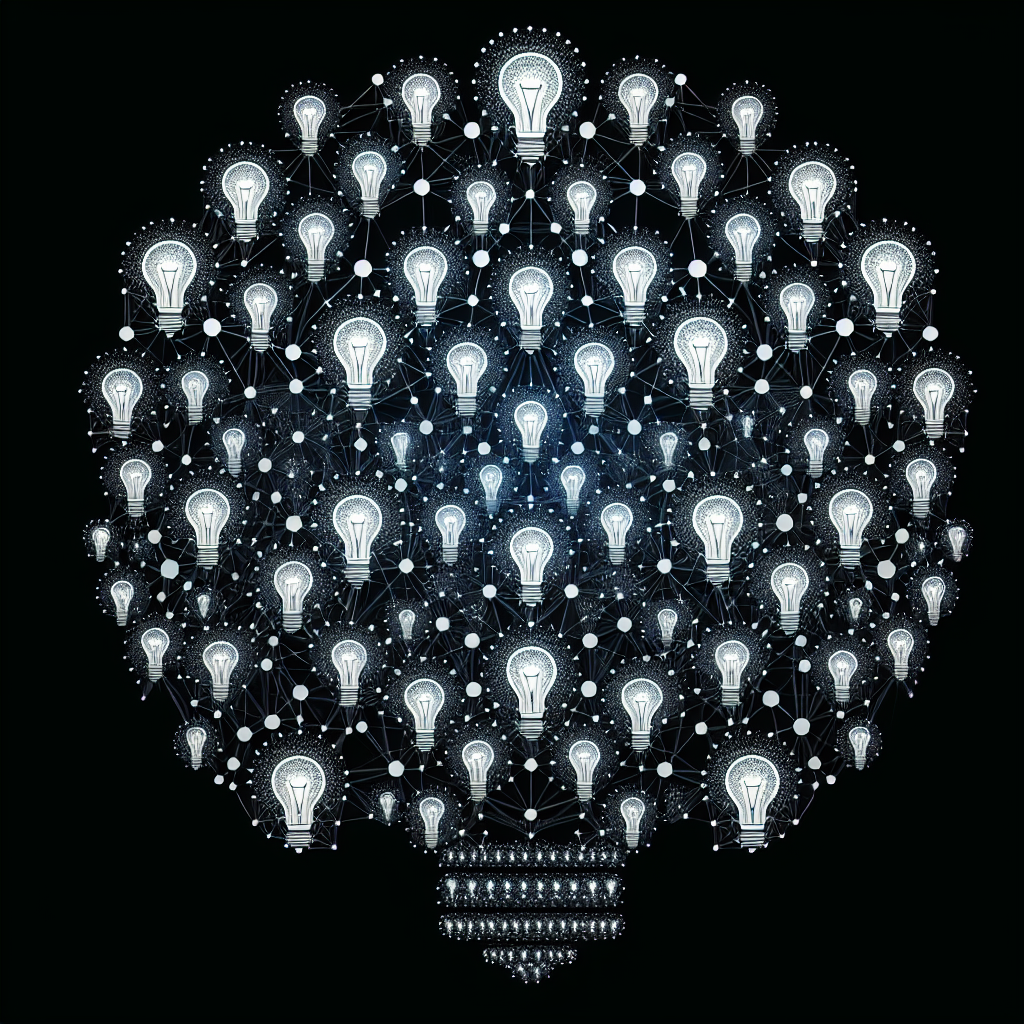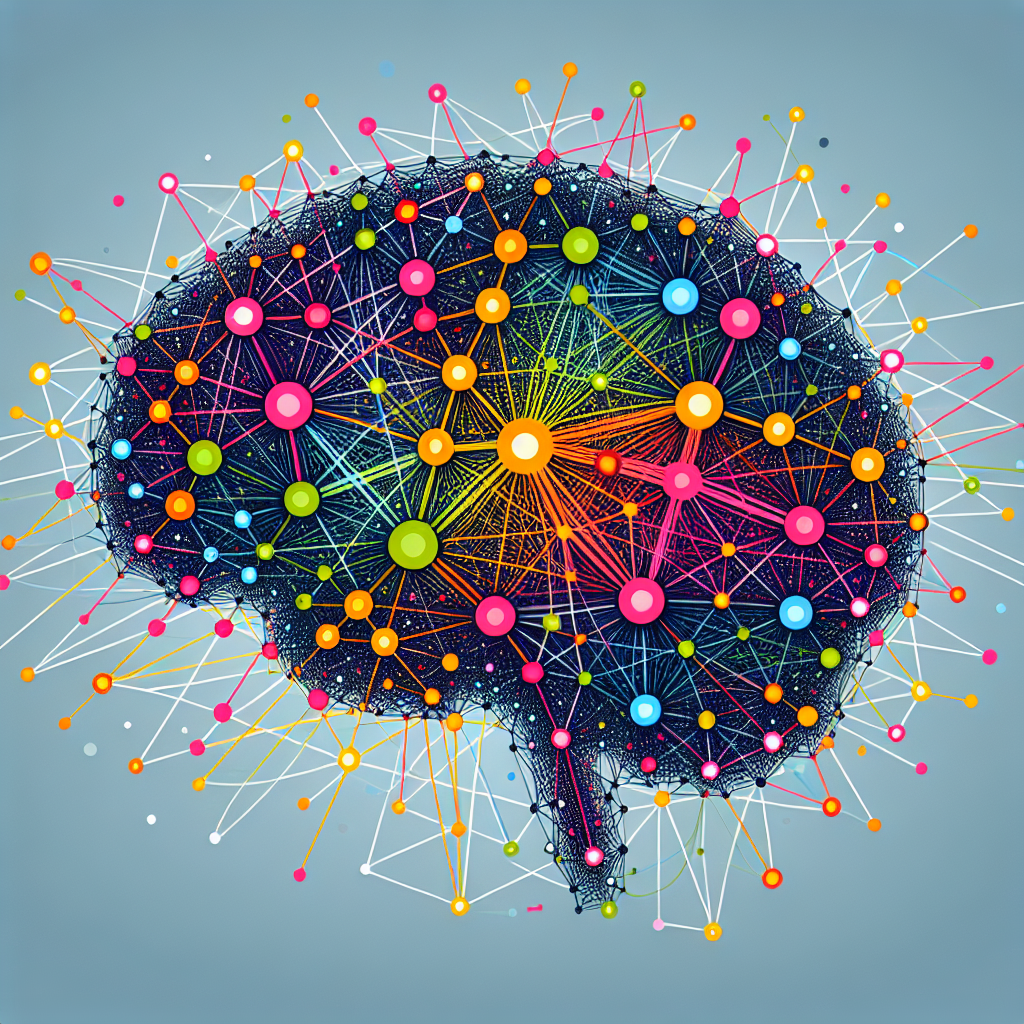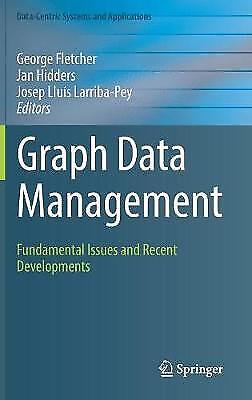In recent years, there has been a growing interest in the use of Graph Neural Networks (GNNs) to enhance network analysis. GNNs are a type of neural network that is specifically designed to work with graph data, which is data that represents relationships between objects. By leveraging the power of GNNs, researchers and analysts are able to extract valuable insights from complex networks, such as social networks, biological networks, and communication networks.
One of the key advantages of using GNNs for network analysis is their ability to model the structure and relationships within a network. Traditional neural networks are designed to work with tabular data, where each row represents a single data point. However, in network analysis, each node in a graph represents a data point, and the relationships between nodes are just as important as the nodes themselves.
GNNs are able to take advantage of this structure by using graph convolutional layers to aggregate information from neighboring nodes. This allows GNNs to capture the local structure of a network and make predictions based on the relationships between nodes. By doing so, GNNs are able to achieve state-of-the-art performance on a wide range of network analysis tasks, such as node classification, link prediction, and community detection.
One of the most popular applications of GNNs is in the field of social network analysis. Social networks are complex systems that consist of individuals (nodes) and their connections (edges). By using GNNs, researchers are able to analyze the structure of social networks and make predictions about the behavior of individuals within the network. For example, GNNs can be used to identify influential nodes in a social network, detect community structures, and predict the spread of information or diseases within a network.
In addition to social networks, GNNs are also being used in other domains, such as bioinformatics, where researchers are using GNNs to analyze biological networks and predict protein-protein interactions. GNNs are also being used in communication networks to predict network congestion and optimize routing algorithms.
Overall, GNNs are a powerful tool for enhancing network analysis and extracting valuable insights from complex networks. By leveraging the power of GNNs, researchers and analysts are able to build better connections within networks and make more accurate predictions about the behavior of nodes in a network. As the field of network analysis continues to evolve, GNNs are likely to play an increasingly important role in unlocking the full potential of network data.
#Building #Connections #GNN #Enhancing #Network #Analysis #Graph #Neural #Networks,gnn
